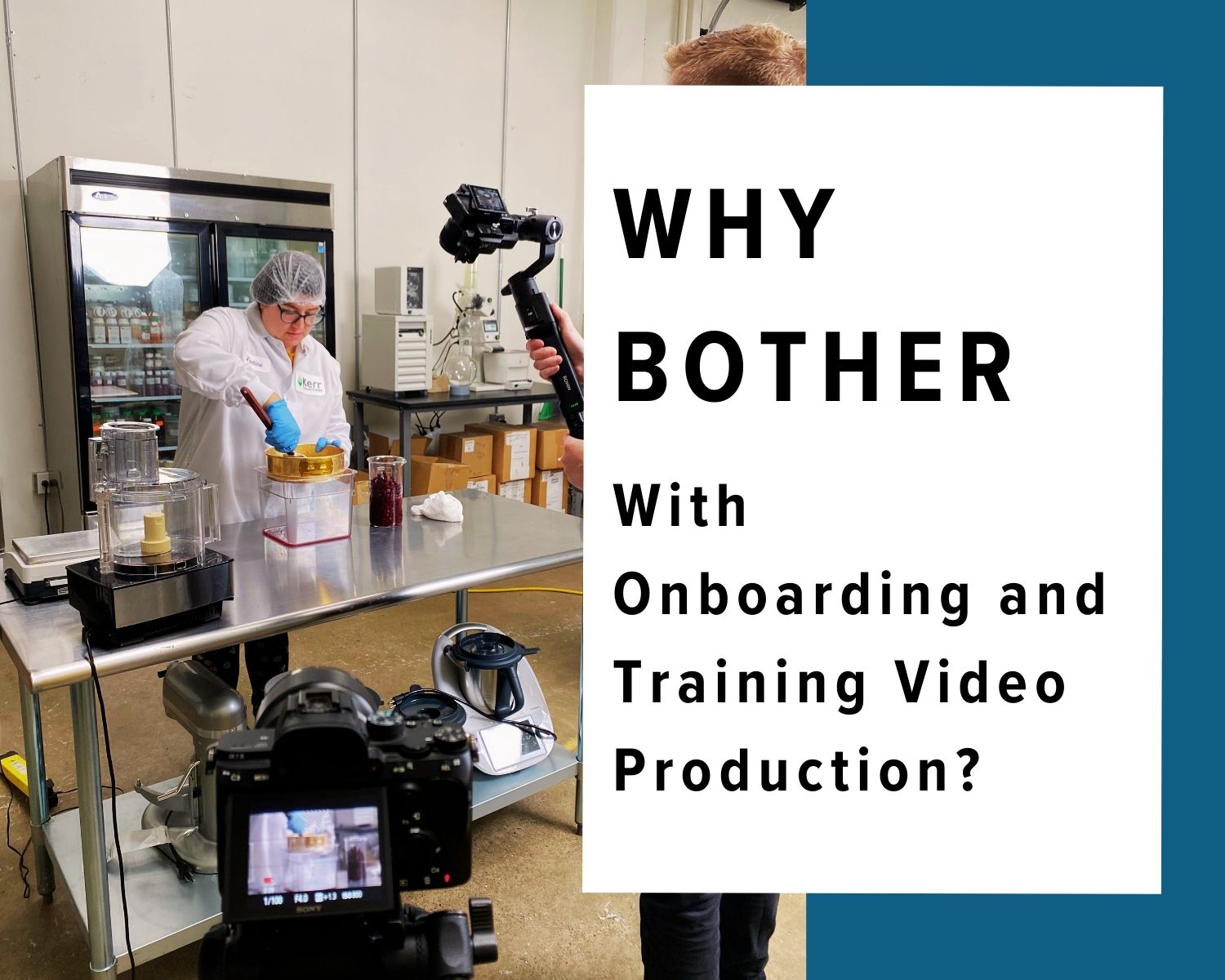

YouTube is more than just a video platform—it’s a search engine and discovery hub. As of 2025, YouTube reaches over 2.53 billion monthly active users, making it one of the most-used platforms globally (DemandSage, 2025). Because Google closely integrates with YouTube, mastering YouTube SEO helps your videos get surfaced not only within YouTube, but also in Google search results (Backlinko, 2025).

Before you film, identify search terms that your target audience actually uses. Use tools like YouTube autosuggest, Google Trends, VidIQ, or Semrush to spot relevant phrases. Knowing these ahead of time helps you tailor your title, description, and content to match what people search for (Bluehost, 2025).
Resources for identifying keywords:
Rather than generic file names like video_ad_final.mp4, name your files with relevant keywords (e.g., youtube-seo-best-practices-2025.mp4). The algorithm uses this initial metadata as one signal toward relevance (Backlinko, 2025).

Keep titles to about 60 characters and front-load your top keyword to catch attention and improve rankings (SocialBee, 2025).
In your description, lead with the first 100–150 characters (what viewers see before expanding) and include key CTAs or links. The full description can be up to 5,000 characters, so use that space with relevant keywords, timestamps, and links (SocialBee, 2025).
Tags (or hashtags) help categorize your video content. Use your top 3–5 tags first, place them near the end of your description or in the keyword tag field, and avoid exceeding 15 tags—too many may trigger spam filters (SocialBee, 2025).
A great thumbnail is a visual promise. Use bold fonts, high-contrast visuals, and consistent branding. In 2025, YouTube even allows A/B testing of thumbnails and titles for some creators, helping you discover what draws clicks (CincoDías, 2025).
Short-form content is booming. YouTube Shorts enhance exposure and reach newer audiences. Adding chapters (timestamps) to longer videos improves user experience and helps YouTube better understand your video structure (Backlinko, 2025).

SEO hacks won’t save you if your content doesn’t deliver value. Ensure your video addresses the user’s intent, holds interest, and encourages interaction. Watch time, comments, and shares are all critical signals to the algorithm (Backlinko, 2025).
Upload an SRT transcript or captions to make your content accessible and provide extra text for indexing. Use end screens or cards to drive viewers to other videos, playlists, or subscribe calls to action (Userp.io, 2025).
